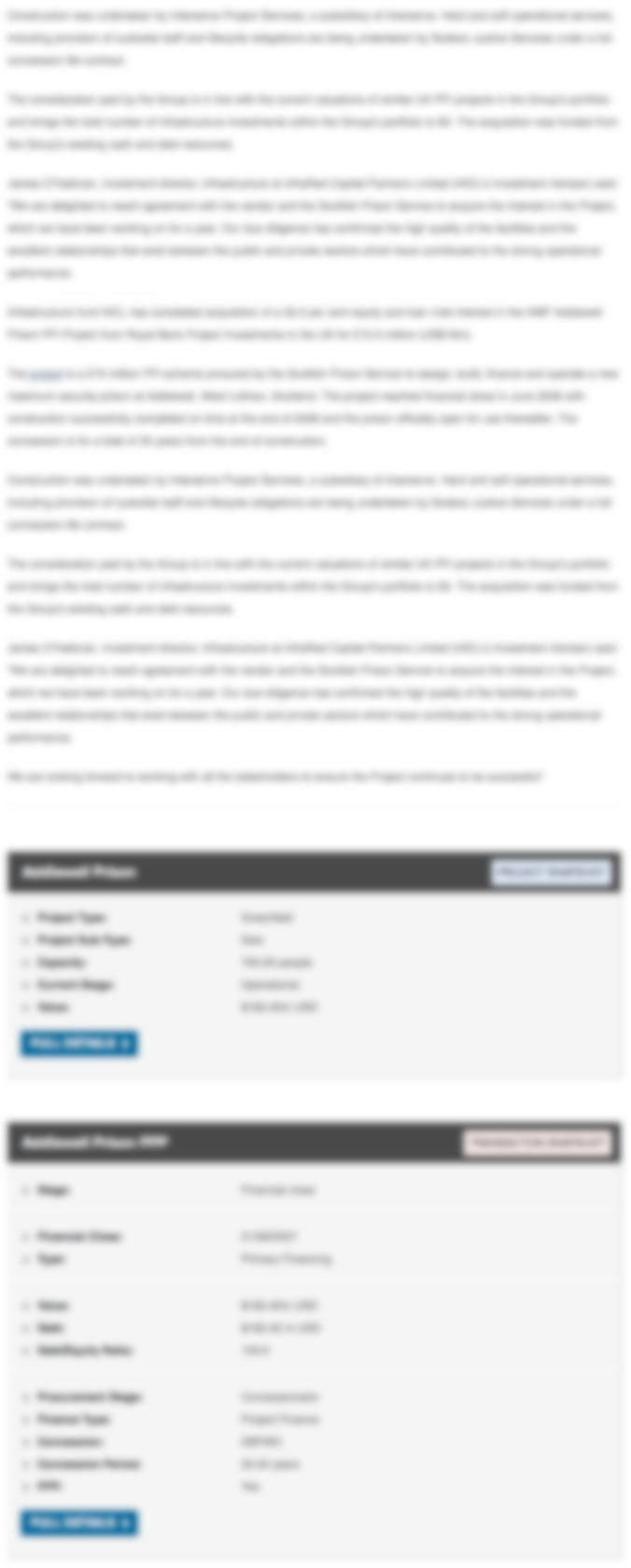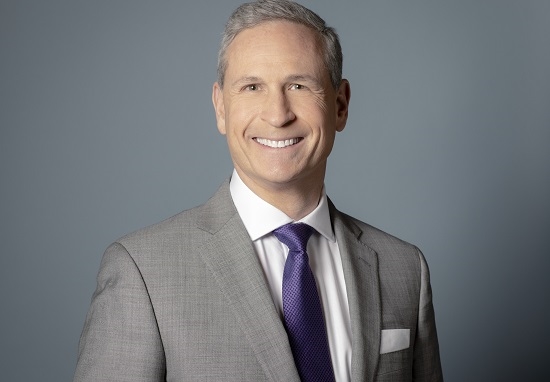Part One: Enhancing the euro yield curve - Eurex rates come of age

Matthias Graulich, global head of fixed income, funding and financing strategy and development at Deutsche Boerse, discusses in the first part of a two part series the group's progress in Euro swap clearing
It has been a difficult twelve months for many swap users, buffeted by a combination of geopolitical risks and regulatory headwinds, but for Eurex the uncertainty has tested the mettle of its nascent position at the centre of Europe’s post-Brexit rates market structure.
The origins of the Deutsche Boerse-owned interest rate swap clearing business can be traced to the fateful decision by the UK to leave the European Union – the result of a referendum vote in 2016 and finally enacted in 2020. The move undermined the status of the dominant interest rate swap clearing house based in London – London Stock Exchange Group-owned LCH.
From the beginning, Matthias Graulich, global head of fixed income, funding and financing strategy and development at Deutsche Boerse and member of the executive board at Eurex Clearing, says its strategy has been to create an integrated regional hub for cross product trading across interest rate products, setting it apart from competitors.
“We have strived over the last couple of years to build out this idea of creating a platform that is the home of the euro yield curve,” Graulich told Global Investor. “We firmly believe that the efficiencies we can achieve as a central counterparty (CCP) across products through multilateral netting, within the common denominator of the euro currency are significant and we believe this is much more sustainable and systematic than what others do across currencies. This preference is likely built on the historic organisation of banks where trading desk were set-up along products across currencies, but the need for higher efficiencies have also started to change set-up in banks.
“These different products – bonds, repos, swaps, futures in euro all have something to do with each other in a systematic way. This is what we are continuously rolling out and expanding. So it would be short-sighted when you look at our progress and strategy to look at individual products but rather the development of this broad approach.”
The euro rates strategy has reaped initial rewards for Eurex’s clearing arm. Annual notional outstanding volumes have grown from €12.9 trillion (£11.3tn) at the end of 2019 to €26.2 trillion in 2022, rising 30% year-on-year (the overall figures include overnight index swaps).
Significantly, its market share in euro denominated interest rate as measured by swaps notional outstanding was estimated by the exchange at 20% at the end of last year, having been 11% in December 2019 and 6% a year before.
That is not to say there have not been significant headwinds as the exchange has sought to grow its presence. Last year saw a resurgence of volatility across markets as macroeconomic policy expectations shifted and the effects of continuing regulatory uncertainty around the post-Brexit framework hit activity.
“On the swaps side, 2022 was a challenging year on the one hand but also pointed to the successes we have had to date,” Graulich says. “Clearly our liquidity pool is still smaller than for example the LCH liquidity pool, but as volatility increased the positive result was that people stayed with us and liquidity provided by the banks was absolutely competitive compared to the liquidity provided to clients for LCH-cleared swaps. So, there has been a consequential increase in volumes compared to 2021.”
In figures released in January, Clarus Financial Technology estimated that the Eurex market share of euro denominated swaps, as measured by single-sided gross notional, held steady at 6.2% in 2022, compared to 93.8% for LCH.
“From a turnover perspective the growth trend has slowed compared to our main competitor, but this is a natural consequence of the client pool we have intentionally built through the years,” Graulich says. “Pension funds, asset managers, small and medium-sized banks traditionally have lower turnover but hold inventories with the CCP. In contrast to hedge funds and dealer banks that still do most of their business at LCH, in particular the inter-dealer hedging business, makes up two thirds of the market’s average daily turnover.”
The exchange intentionally targeted those clients because of their different risk profile and behaviour, and that has proved effective through the turbulence of last year.
“First and foremost, our objective is to get clients active on Eurex who are natural risk holders,” he adds. “That means directional exposure on the receiver or payer side. That is where we have continued to be a reliable source of liquidity.”
The next year promises to be pivotal for the exchange after a major regulatory obstacle shifted. The European Commission in December published the latest version of its European Markets Infrastructure Regulation (EMIR).
The updated rules include changes such as the mandatory opening of accounts with EU-domiciled CCPs and a requirement to set a minimum threshold for activity in those accounts for European firms. In the previous month, Eurex launched its own incentive program aimed at encouraging activity from clients that had set themselves up to clear but had yet to fully engage.
“The client activation program came out just before the EU announced its fresh legislative approach to promote clearing activities within the EU,” he said. “We have 600 clients and clearing members, but half of the accounts are not active yet. Having set up their contingency accounts with us they had been waiting for further guidance from Brussels. We hope that this clear signal from the European Commission that activity is expected within the EU, together with our incentive program, will create a catalyst to activate dormant accounts and grow activity with already active clients.
“The early indications are good – we have a good number of clients who have signed up already, and there is a significant pipeline of people actively considering it.”
The Second Part of this two-part series will be published on February 8.
Matthias Graulich, global head of fixed income, funding and financing strategy and development at Deutsche Boerse, discusses in the first part of a two part series the group's progress in Euro swap clearing
Existing Subscriber?
If you are an existing subscriber please sign in to read this article in full.
Sign InSign up for a free trial
Take a complimentary trial to the FOW Marketing Intelligence Platform and gain access to a wealth of news, analysis and data across the Asset Management, Securities Finance, Custody, Fund Services and Derivatives markets.
Sign up for a free trial


